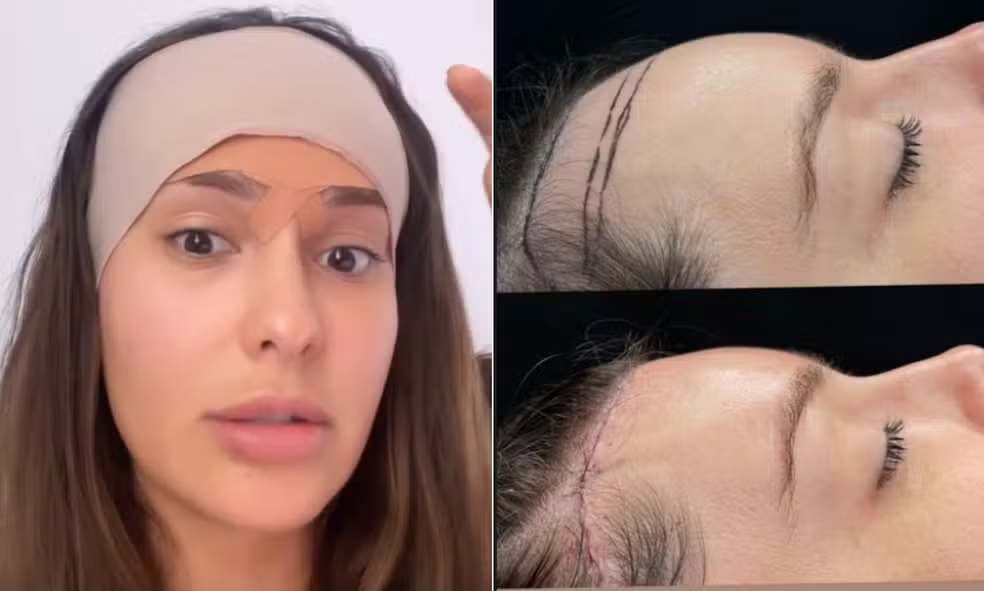Patient safety is an absolute priority in any surgical procedure. Within plastic surgery, a very common question is about the use of anticoagulants in the postoperative period. After all, if these medications reduce the risk of deep vein thrombosis (DVT) and pulmonary embolism (PE), don’t they also increase the risk of bleeding?
This is an extremely relevant question, often asked by patients who are attentive to their health. And the answer is: yes, the use of anticoagulants increases the risk of bleeding. That is why there is no single recommendation for all cases. The use of this type of medication must be individualized and based on a careful analysis of the risk-benefit ratio.
In this article, you will learn:
- When the use of anticoagulants is indicated after plastic surgery
- In which procedures they are not recommended
- How we assess the risk of thrombosis and bleeding
- The importance of individualized treatment
What are anticoagulants and why are they used?
Anticoagulants are medications that reduce the blood’s ability to clot. The main goal in the context of plastic surgery is to prevent serious complications such as thrombosis and pulmonary embolism, which may occur after surgical procedures — especially when there is immobilization, prolonged surgical time, and extensive tissue manipulation.
On the other hand, these medications increase the likelihood of bleeding and hematomas. That is precisely why their use is not universal in all types of plastic surgery.
When are anticoagulants not recommended?
In smaller surgeries, such as rhinoplasty, blepharoplasty, or even a simple breast augmentation, the risk of bleeding outweighs the benefits of prevention with anticoagulants.
In these procedures, the surgical time is usually shorter, the area manipulated is more restricted, and the risk of thrombosis is significantly low. Therefore, the correct choice is not to use anticoagulants, since the possibility of hemorrhage or hematoma formation would be disproportionate to the actual risk of thromboembolic complications.
In which surgeries is the use of anticoagulants recommended?
On the other hand, there are longer and more complex procedures that significantly increase the risk of thrombosis. In these cases, the benefit of the medication is much greater than the risk of bleeding.
Examples include:
- Abdominoplasty
- Abdominoplasty combined with back liposuction
- Large-area liposuction
- Combined surgeries (such as liposuction with breast surgery)
In these situations, the use of anticoagulants is generally recommended for a period of 7 to 10 days after surgery, always in combination with other preventive measures such as compression stockings and early ambulation.
How do we assess the patient’s risk?
The use of anticoagulants is not determined solely by the type of surgery. The patient’s individual profile is also taken into account. Risk factors for thrombosis include:
- Personal or family history of thrombosis
- Advanced age
- Obesity
- Use of hormonal contraceptives
- Significant varicose veins
- Prolonged immobilization in the postoperative period
Each patient is evaluated individually. This process is called risk stratification, and it is essential for ensuring that the medical approach is both safe and effective.
What we see in clinical practice
In the experience of specialized plastic surgery clinics such as ours, it is very rare to observe significant postoperative bleeding when anticoagulants are properly indicated.
In most cases, the benefit of protecting the patient against serious complications, such as thrombosis and pulmonary embolism, far outweighs the risk of bleeding.
It is precisely this careful analysis that ensures safety and peace of mind for both the patient and the medical team.
Conclusion
The use of anticoagulants in plastic surgery is an important preventive measure, but it should not be applied indiscriminately.
- In smaller surgeries, such as rhinoplasty, blepharoplasty, and simple breast surgery, the risk of bleeding is greater than the benefit, so anticoagulants are not used.
- In contrast, in longer body surgeries, such as abdominoplasty and large-area liposuction, their use is indicated, usually for 7 to 10 days after the procedure.
Each decision must be individualized, taking into account both the type of surgery and the patient’s risk factors. This level of care ensures that plastic surgery is not only aesthetic but also safe and responsible.






